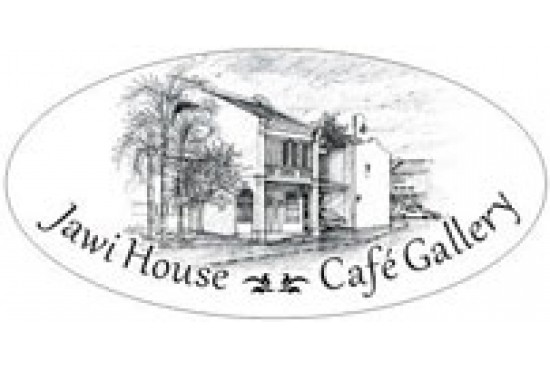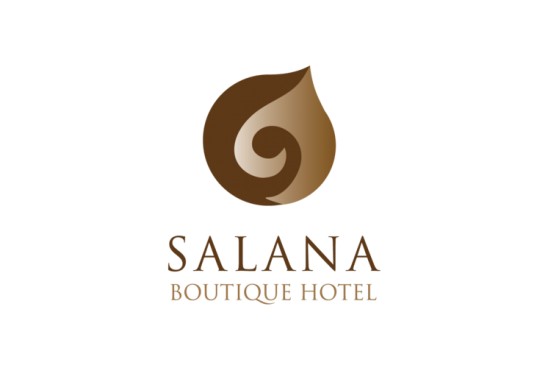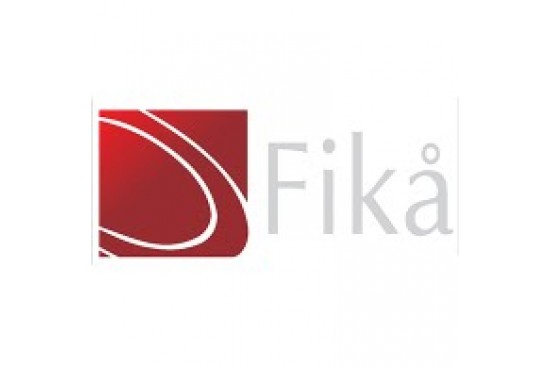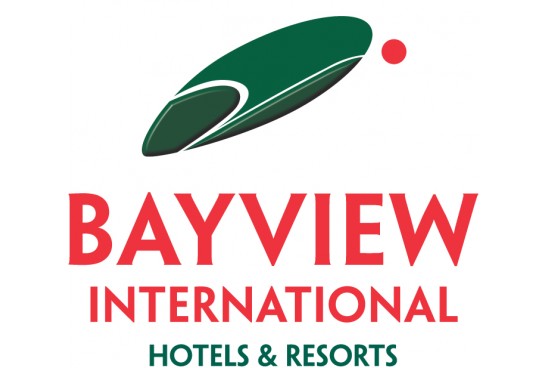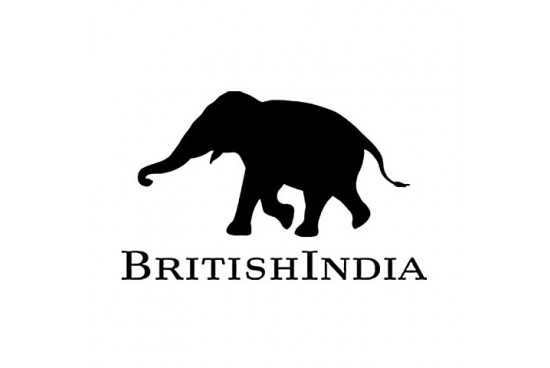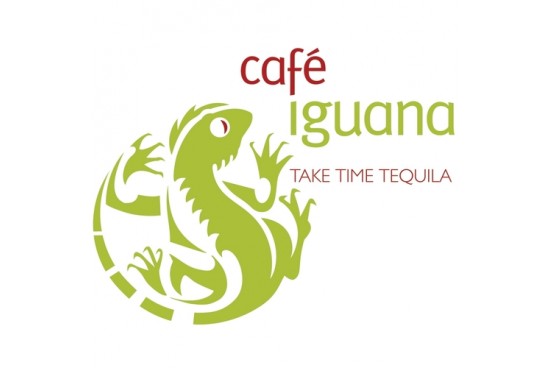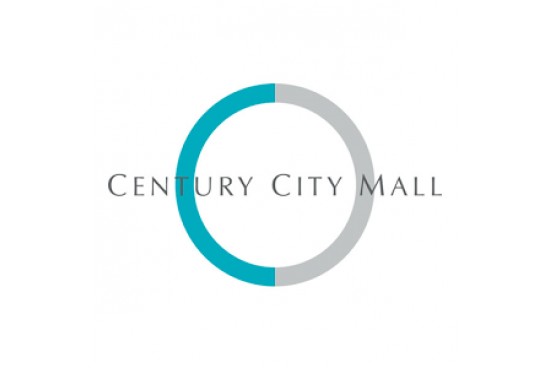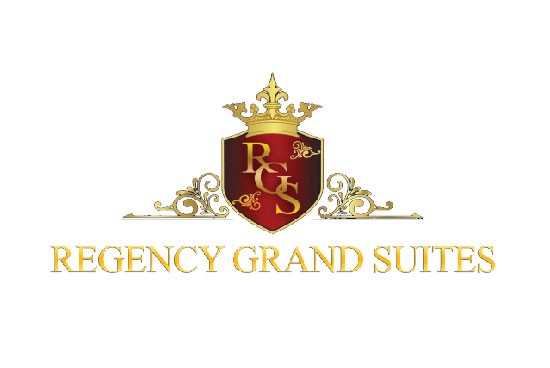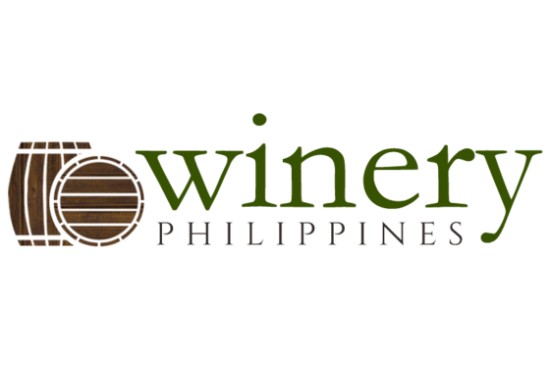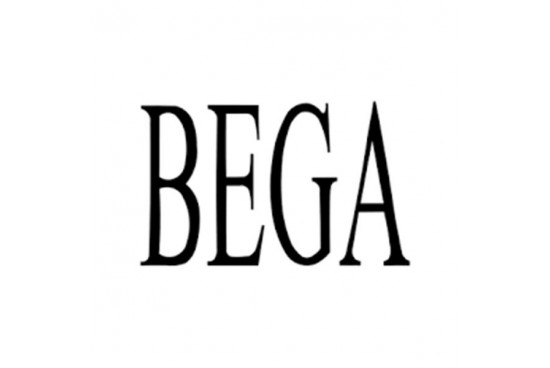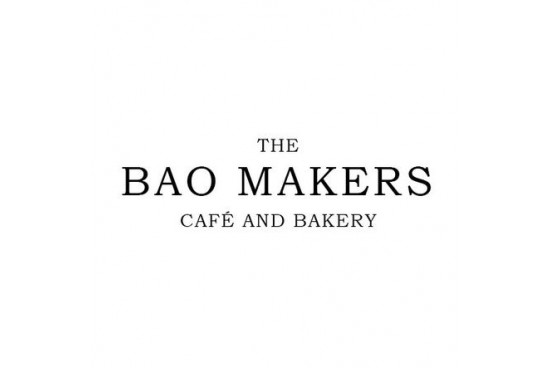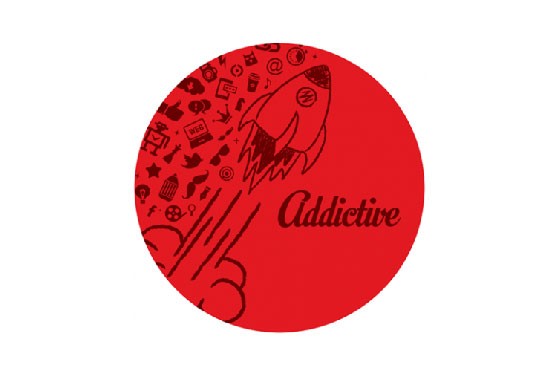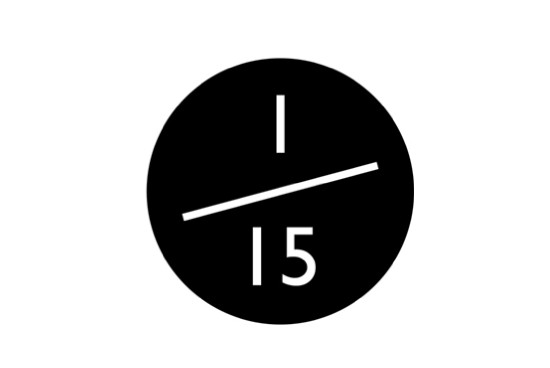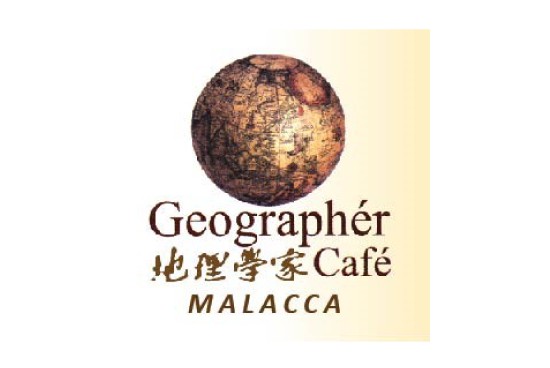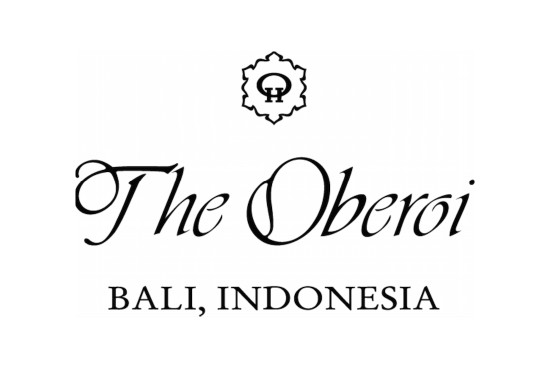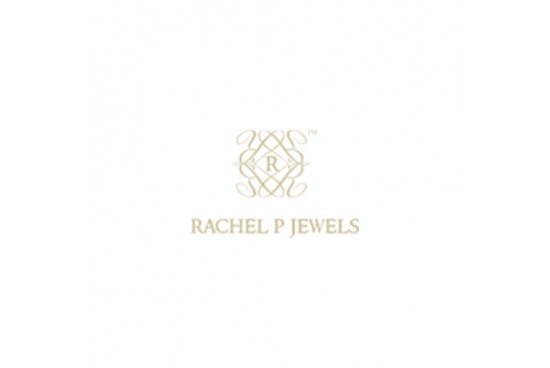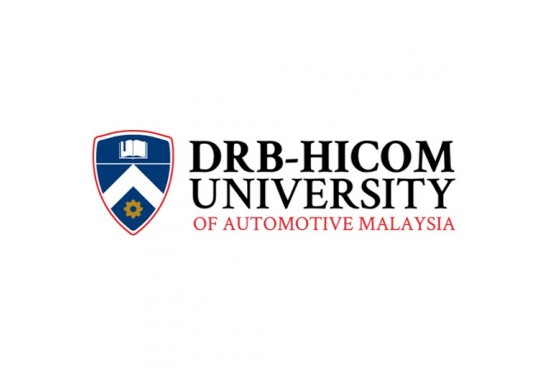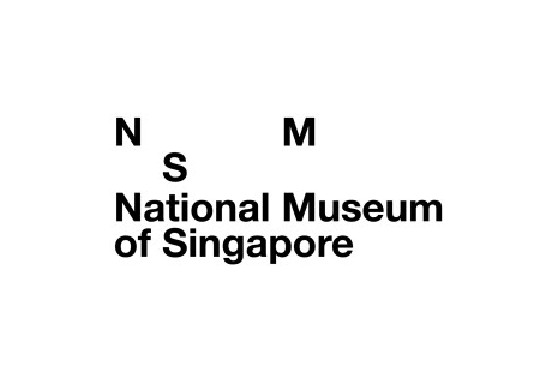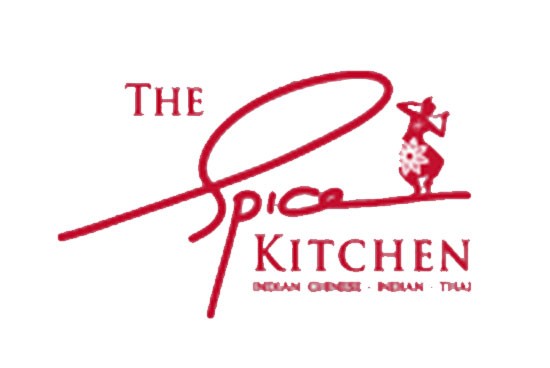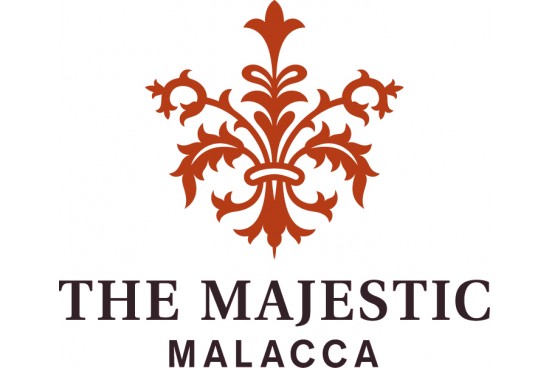
INTELLIGENT HOSTING SDN BHD AUP POLICY
As a provider of web site hosting, and other Internet-related services, Intelligent Hosting offers its clients, and their customers and users, the means to disseminate a wealth of public, private, commercial, and non-commercial information. Intelligent Hosting respects that the Internet provides a forum for free and open discussion and dissemination of information, however, when there are competing interests at issue, Intelhost reserves the right to take certain preventative or corrective actions. In order to protect these competing interests, Intelligent Hosting has developed an Acceptable Use Policy (“AUP”), which supplements and explains certain terms of each customer’s respective service agreement and is intended as a guide to the customer’s rights and obligations when utilizing Intelligent Hosting services. This AUP will be revised from time to time. A customer’s use of Intelligent hosting after changes to the AUP are posted on Intelligent Hosting web site, www.Intelligenthosting, will constitute the customer’s acceptance of any new or additional terms of the AUP that result from those changes.
One important aspect of the Internet is that no one party owns or controls it. This fact accounts for much of the Internet’s openness and value, but it also places a high premium on the judgment and responsibility of those who use the Internet to disseminate information to others.
When information is disseminated through the Internet, they also must keep in mind that Intelhost does not review, edit, censor, or take responsibility for any information its clients may create. When users place information on the Internet, they have the same liability as other authors for copyright infringement, defamation, and other harmful speech. Also, because the information they create is carried over Intelligent Hosting network and may reach a large number of people, including both clients and non-clients of Intelligent Hosting, clients’ postings to the Internet may affect other clients and may harm Intelligent Hosting goodwill, business reputation, and operations. For these reasons, clients violate Intelligent Hosting policy and the service agreement when they, their customers, affiliates, or subsidiaries engage in the following prohibited activities:
UCE / SPAM
The abuse and misuse of e-mail is a serious problem, and Intelligent Hosting Network cannot and will not tolerate it.
This policy covers all servers and domains on our network, including but not limited to Virtual Shared, Bulk Reseller, VPS, Dedicated and Colocation.
Definition of UCE (Unsolicited Commercial E-mail), or spam:
The bulk UCE, promotional material, or other forms of solicitation sent via e-mail that advertise any IP address belonging to Intelhost Network or any URL (domain) that is hosted by Intelligent Hosting Network.
Unsolicited postings to newsgroups advertising any IP or URL hosted by Intelligent Hosting Network.
The use of web pages set up on ISPs that allow spamming (also known as “ghost sites”) that directly or indirectly reference customers to domains or IP addresses hosted by Intelligent Hosting Network.
Advertising, transmitting, or otherwise making available any software, program, product, or service that is designed to facilitate a means to spam.
Forging or misrepresenting message headers, whether in whole or in part, to mask the true origin of the message.
Due to the increased problems and risk to our network, Intelligent Hosting Network also prohibits the use of 3rd party mailing lists and FFA’s. See our mailing list management principals for managing your own lists. Examples that we do not allow include but are not limited to: Safe list, Purchased / Sold mailing lists, FFA’s.
REPERCUSSIONS OF SPAM
Across the Web, it is generally accepted that spam is an inconsiderate and improper business practice.
IMPACTS TO INTELLIGENT HOSTING NETWORK
Spam is not only harmful because of its negative impact on consumer attitudes toward Intelligent Hosting Network, but also because it can overload Intelligent Hosting network and resources.
There are many groups that report and block the networks that spam is sent from. In the event spam is generated off of ours or our customers servers, our network can be blocked and this impacts other users putting our network at risk.
OUR PROVIDERS
Since it is unsolicited, users who receive spam often become angry and send complaints to our upstream providers. This upsets our providers who abhor spam for the same reasons that Intelligent Hosting Network does – it causes negative consumer attitudes and drains resources. We strive to maintain favorable business relationships in the Web community and obviously will not allow any practice that threatens these relationships.
CONSEQUENCES / PENALTIES FOR SPAMMING
Intelligent Hosting Network reserves the right to terminate, without warning, any account that violates this policy. Usage of Intelligent Hosting Network services constitutes acceptance and understanding of this policy.
Intelligent Hosting Network may, at its option, charge $25.00 per spam complaint we receive for any domain on our network and will be charged to the owner of the domain or the owner of the server the domain resides on or the reseller of the domain. Resellers, dedicated server owners and colocation clients may choose to pass this charge down to their client, when/if appropriate. These are non-refundable charges and will be invoiced at the time of complaint notification.
It is the responsibility of dedicated server owners, resellers and colocation clients to manage the email from their server/accounts and to keep in compliance of our policies.
Intelligent Hosting Network reserves the right to decide what it considers “spam”, “UCE”, “mail bombing”, or “bulk e-mail”, and to determine from all of the evidence whether or not the e-mail recipients were from an “opt-in” e-mail list.
Should you choose to e-mail from Intelligent Hosting Network servers, especially if you use mailing lists, you must read and adhere to the following guidelines, which are offered as a statement of Internet standards and best current practices for proper mailing list management and preventing e-mail abuse.
BASIC MAILING LIST MANAGEMENT PRINCIPLES FOR PREVENTING ABUSE
Mailing lists are a vehicle for distributing focused, targeted information to an interested, receptive audience. Consequently, mailing lists have been used successfully as a highly effective direct marketing tool.
Unfortunately, some marketers misuse mailing lists through a lack of understanding of Internet customs and rules of the forum pertaining to e-mail. Others fail to take adequate precautions to prevent the lists they manage from being used in an abusive manner.
The e-mail addresses of new subscribers must be confirmed or verified before mailings commence. This is usually accomplished by means of an e-mail message sent to the subscriber to which she / he must reply, or containing a URL which she / he must visit, in order to complete the subscription.
However it is implemented, a fundamental requirement of all lists is the verification of all new subscriptions.
Mailing list administrators must provide a simple method for subscribers to terminate their subscriptions, and administrators should provide clear and effective instructions for unsubscribing from a mailing list. Mailings from a list must cease promptly once a subscription is terminated.
Mailing list administrators should make an “out of band” procedure (e.g., a means of contact by which messages may be sent for further correspondence via e-mail or telephone) available for those who wish to terminate their mailing list subscriptions but are unable or unwilling to follow standard automated procedures.
Mailing list administrators must ensure that the impact of their mailings on the networks and hosts of others is minimized by proper list management procedures such as pruning of invalid or undeliverable addresses, or taking steps to ensure that mailings do not overwhelm less robust hosts or networks.
Mailing list administrators must take adequate steps to ensure that their lists are not used for abusive purposes. For example, administrators can maintain a “suppression list” of e-mail addresses from which all subscription requests are rejected. Addresses would be added to the suppression list upon request by the parties entitled to use the addresses at issue.
The purpose of the suppression list would be to prevent subscription of addresses appearing on the suppression list by unauthorized third parties. Such suppression lists should also give properly authorized domain administrators the option to suppress all mailings to the domains for which they are responsible.
Mailing list administrators must make adequate disclosures about how subscriber addresses will be used, including whether or not addresses are subject to sale or trade with other parties. Once a mailing list is traded or sold, it may no longer be an opt-in mailing list. Therefore, those who are acquiring “opt-in” lists from others must examine the terms and conditions under which the addresses were originally compiled and determine that all recipients have in fact opted-in specifically to the mailing lists to which they are being traded or sold.
Mailing list administrators should make adequate disclosures about the nature of their mailing lists, including the subject matter of the lists and anticipated frequency of messages. A substantive change in either the subject matter or frequency of messages may constitute a new and separate mailing list requiring a separate subscription. List administrators should create a new mailing list when there is a substantive change in either the subject matter or frequency of messages. A notification about the new mailing list may be appropriate on the existing mailing list, but existing subscribers should never be subscribed automatically to the new list. For example, if Company A acquires Company B, and Company B has compiled opt-in mailing lists, Company A should not summarily incorporate Company B’s mailing lists into its own.
* This spam (UCE) Accepted Use Policy and all other Intelhost Network policies are subject to change by Intelhost Network without notice. Continued usage of the services after a change to this policy is implemented and posted on the Intelhost Network site constitutes your acceptance of such change or policy. We encourage you to regularly check the Intelhost Network site for any changes or additions. Visit our Terms and Condition for further information regarding our policies.
SHARED SERVER RESOURCE ABUSE
Intelligent Hosting Network allows CGI, PHP, Perl and many other normal processes used for hosting to be used on all Virtual Servers. These processes can be resource intensive however, and because a Virtual Server must be shared with other users, we must limit how much of the CPU, memory, disk I/O, disk space and database use can be used by any one account on a shared server. Therefore any program (application, script, etc.) or usage that consumes too many resources that impacts other customers in either performance or reliability is considered resource abuse. Shared servers are ‘shared’ and we all need to play fair. In the event a user requires more resources than is acceptable on a shared server environment, a dedicated solution, such as our VPS, dedicated or colocation services are recommended.
WHAT DOES INTELLIGENT HOSTING NETWORK CONSIDER “SYSTEM RESOURCE ABUSE”?
Any site whose traffic, programs and/or processes are using excessive amounts of system resources. Excessive amounts is defined as any amount that results in substantial degradation of server performance. Intelligent Hosting Network is the sole determinant of what constitutes degraded server performance.
Although our Bulk Reseller plans have larger disk space and bandwidth availability, these accounts are intended for small to medium sized web sites and traffic loads. The BR Accounts are not intended for large, busy , resource intensive web sites and they will be suspended if found impacting server performance. Large busy sites, especially those using databases, usually require a dedicated solution due to resource usage. Our VPS and Dedicated Servers options are better suited for these type of sites since they do not impact other users.
EXAMPLES INCLUDE, BUT ARE NOT LIMITED TO
FLAT FILE DATABASE DRIVEN FORUMS
Due to their use of flat files instead of databases, Intelligent Hosting Network does not allow the use of UBB or YABB bulletin boards. Use of these boards for large or very active forums, results in system performance degradation, and cannot be allowed in our shared server environment. Intelligent Hosting Network suggests using VBulletin or phpBB as a more efficient, database-driven alternative to these bulletin boards. Busy sites with large forums and data bases are not suited to a shared server environment.
BACKGROUND RUNNING PROCESSES
Background Daemons in general are prohibited on Intelligent Hosting Network servers, including, but not limited to, IRC bots, eggdrop, BitchX, XiRCON, warez sites and any other program that interferes with normal server operation.
CRON JOBS
We allow customers to set up cron jobs to perform routine functions automatically. Due to the impact on the server, running some automated processes can take up considerable server resources and in those cases, our technicians may disable the cron job.
MAILING LISTS
We have a strict policy regarding use / spam on our network, but we do allow use of mailing lists within the constraints of our spam policy. However, sending thousands of e-mails off of a given server can impact the performance of the server. Therefore we limit the amount of e-mail allowed on our Shared Virtual Servers (including the Bulk Reseller servers) to no more than 1000 e-mails per day and 30 emails in 10 seconds.
MAXIMUM EMAIL ATTACHMENT SIZE
The maximum email size (which include email content, header, attachment, etc) we allowed in our share hosting mail server is 50MB per email.
MAXIMUM MYSQL DATABASE SIZE
We allow unlimited number of MySQL databases, but in the interest of server stability, you have to try to keep them optimized, less than 3000 tables per database or less than a total of 5000 tables combination of all databases per hosting account and less than a total 5 GB size combination of all databases per account, whichever is lower.
ARCHIVE OR BACKUP STORAGE
Using shared hosting account as a backup/storage device is not permitted. This includes but not limited to Videos, Photos, Music, ISO, archiving of electronic files, log files.
EXPLOITABLE SCRIPTS
Unfortunately, many commonly used scripts can be exploited to allow unauthorized users into our systems. Consequently we may on occasion need to ban and consequently disable these scripts. You can view the most current exploits on our banned-scripts page. Peer to peer file sharing application, RapidShare, RapidLeech.
OTHER APPLICATIONS THAT ARE PROHIBITED ON OUR VIRTUAL SERVERS INCLUDE BUT ARE NOT LIMITED TO
Offsite search engines
Topsites
Image Hosting
Proxy Scripts/Anonymizers
Pirated Software/Warez
AutoSurf/PTC/PTS/PPC sites
File Dump/Mirror Scripts (similar to rapidshare)
Commercial Audio Streaming (more than one streams)
Sites promoting illegal activities
Forums and/or websites that distribute or link to warez/pirated/illegal content
Providing ‘tracker’ services to ‘BitTorrent’ clients
Telnet scripts
Affiliate servers
Search Engine Optimization (SEO) farms
Black Hat SEO
Spamdexing
Scraper sites
Realtime chat
Shoutboxes
Chatboxes and other web based chat programs
WHY DOES INTELLIGENT HOSTING NETWORK HAVE THIS POLICY ?
Server Speed and Fairness to others. A Virtual Server is shared. As such, there are many accounts per machine. In all fairness, Intelligent Hosting Network cannot allow one or two clients to use all of the System resources on a shared machine and have all other clients on the machine suffer because of it. Excessive usage by one or more clients causes extreme slowness in all areas: FTP, SSH, Web Sites and more. If the CPU, disk I / O and/or memory usage gets too far out of hand, all sites hosted on the machine will return Errors and not be accessible in any way.
WHAT HAPPENS IF VIOLATE THIS POLICY
All accounts that are found to be using excessive amounts of system resources will receive an e-mail warning from Intelligent Hosting Network. This warning will inform you that the site is using excessive system resources. Intelligent Hosting Network will provide options for reducing the usage and / or upgrading your account. If the situation is severe, we may suspend the account or process immediately to bring performance of the server back to an acceptable level. 24 hours notice will be given if at all possible.
ILLEGAL ACTIVITIES
INTELLECTUAL PROPERTY VIOLATIONS
Engaging in any activity that infringes or misappropriates the intellectual property rights of others, including copyrights, trademarks, service marks, trade secrets, software piracy, and patents held by individuals, corporations, or other entities. Also, engaging in activity that violates privacy, publicity, or other personal rights of others. Intelhost is required by law to remove or block access to customer content upon receipt of a proper notice of copyright infringement. It is also Intelhost policy to terminate the privileges of customers who commit repeat violations of copyright laws. Reference our copyright infringement policy for more information.
IllEGAL OR UNAUTHORIZED ACCESS TO OTHER COMPUTERS OR NETWORKS
Accessing illegally or without authorization computers, accounts, or networks belonging to another party, or attempting to penetrate security measures of another individual’s system (often known as “hacking”). Also, any activity that might be used as a precursor to an attempted system penetration (i.e. port scan, stealth scan, or other information gathering activity).
Forging of Headers
Forging or misrepresenting message headers, whether in whole or in part, to mask the originator of the message
Export Control Violations
Exporting encryption software over the Internet or otherwise, to points outside the United States
OTHER IllEGAL ACTIVITIES
Engaging in activities that are determined to be illegal, including advertising, transmitting, or otherwise making available ponzi schemes, pyramid schemes, fraudulently charging credit cards, and pirating software.
BANNED SCRIPTS
Target Audience: Dedicated, VPS, Colocation, Bulk Resellers and Shared Hosting customers.
Unfortunately, many good things are turned on us to be used for nefarious activities. Commonly used scripts are frequently exploited to allow unauthorized access to the systems they are running on. Others just require more resources than is allocated on a shared server environment.
Consequently, in order to keep Intelligent Hosting Network network and servers safe, we may need to take actions that inconvenience our good customers. Any time we find scripts or other commonly used tools that can become easily compromised or impact other users by using too many server resources, we may need to disable scripts or other tools installed and used by our customers.
Whenever possible, we will notify our customers in advance. We will also attempt to keep this page updated with current scripts which will require removal from our shared servers and/or our network.
COPYRIGHT INFRINGEMENT / INTELLECTUAL PROPERTY
Engaging in any activity that infringes or misappropriates the intellectual property rights of others, including copyrights, trademarks, service marks, trade secrets, software piracy, and patents held by individuals, corporations, or other entities. Also, engaging in activity that violates privacy, publicity, or other personal rights of others. Intelligent Hosting is required by law to remove or block access to customer content upon receipt of a proper notice of copyright infringement. It is also Intelligent Hosting policy to terminate the privileges of customers who commit repeat violations of copyright laws.
MISCELLANEOUS AND OTHER ACTIVITIES
Defamatory or Abusive Language
Using Intelligent Hosting network as a means to transmit or post defamatory, harassing, abusive, or threatening language.
Any content that is discriminatory based on gender, race, age and/or promotes hate or violence is prohibited.
USENET GROUP POSTINGS THAT VIOLATES OUR TOS
Intelligent Hosting reserves the right not to accept postings from newsgroups where we have actual knowledge that the content of the newsgroup violates the AUP.
FACILITATING A VIOLATION OF OUR TOS
Advertising, transmitting, or otherwise making available any software, program, product, or service that is designed to violate this AUP, which includes the facilitation of the means to spam, initiation of pinging, flooding, mail bombing, denial of service attacks, and piracy of software.
OTHER ACTIVITIES INTELLIGENT HOSTING DETERMINES TO BE HARMFUL
Engaging in activities, whether lawful or unlawful, that Intelligent Hosting determines to be harmful to its clients, operations, reputation, goodwill, or customer relations.
As we have pointed out, the responsibility for avoiding the harmful activities just described rests primarily with the client. Intelligent Hosting will not, as an ordinary practice, monitor the communications of its client to ensure that they comply with Intelligent Hosting policy or applicable law. When Intelligent Hosting becomes aware of harmful activities, however, it may take any action to stop the harmful activity, including but not limited to, removing information, shutting down a web site, implementing screening software designed to block offending transmissions, denying access to the Internet, or take any other action it deems appropriate.
Intelligent Hosting also is concerned with the privacy of on-line communications and web sites. In general, the Internet is neither more nor less secure than other means of communication, including mail, facsimile, and voice telephone service, all of which can be intercepted and otherwise compromised. As a matter of prudence, however, Intelligent Hosting urges its clients to assume that all of their on-line communications are insecure. Intelligent Hosting cannot take any responsibility for the security of information transmitted over Intelligent Hosting facilities.
Intelligent Hosting will not intentionally monitor private electronic mail messages sent or received by its clients unless required to do so by law, governmental authority, or when public safety is at stake. Intelligent Hosting may, however, monitor its service electronically to determine that its facilities are operating satisfactorily. Also, Intelligent Hosting may disclose information, including but not limited to, information concerning a client, a transmission made using our network, or a web site, in order to comply with a court order, subpoena, summons, discovery request, warrant, statute, regulation, or governmental request. Intelligent Hosting assumes no obligation to inform the client that client information has been provided and in some cases may be prohibited by law from giving such notice. Finally, Intelligent Hosting may disclose client information or information transmitted over its network where necessary to protect Intelligent Hosting and others from harm, or where such disclosure is necessary to the proper operation of the system.
We hope this AUP is helpful in clarifying the obligations of Internet users,including Intelligent Hosting and its clients,as responsible members of the Internet.For more details,please contact Intelligent Hosting Sdn Bhd at - +6012-283 6731 | +607-521 1178 | +607-521 1278 | +607-521 1378.
